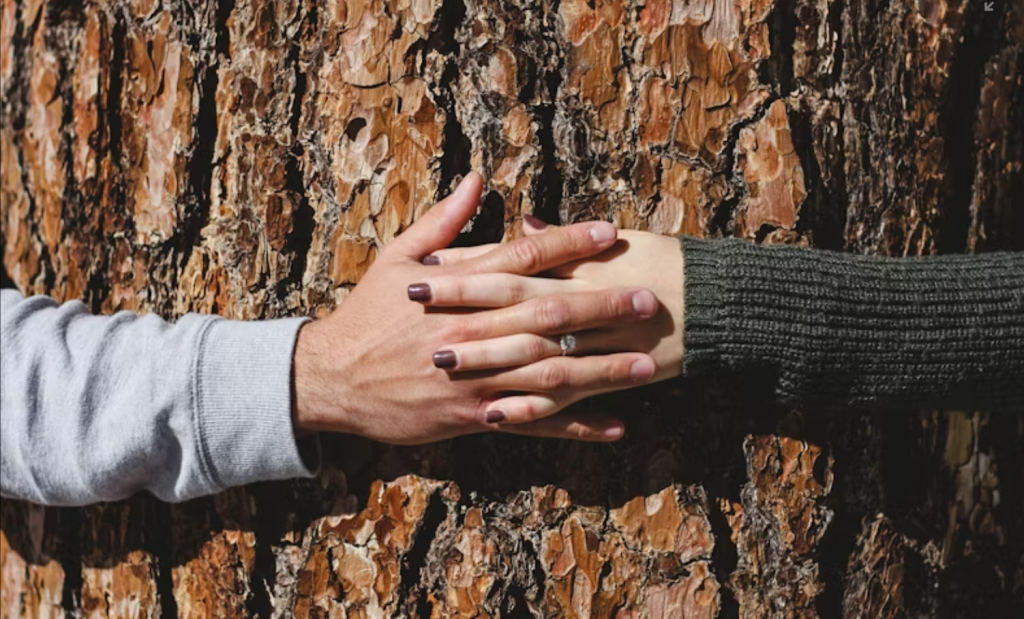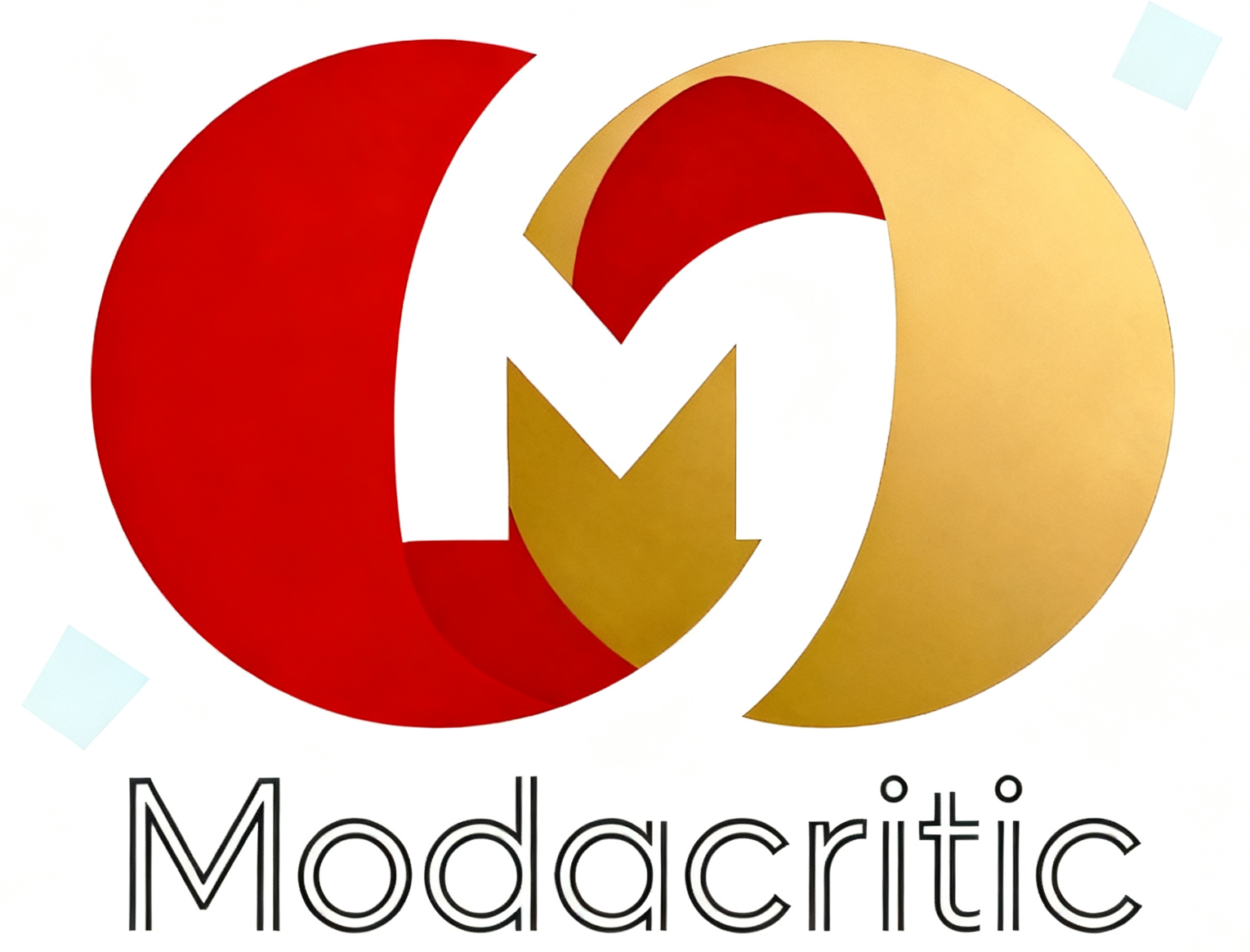
Defining Sustainable Style
Have you noticed how “luxury” has quietly shifted from flashy logos to planet‑friendly fabrics? Today, the real statement piece isn’t a giant handbag—it’s a brand’s commitment to sustainability. In this article, we’ll explore why sustainable style has become the ultimate marker of prestige, how it evolved, and what both brands and consumers must embrace to make eco‑chic the new norm.
The Evolution of Luxury Fashion
Luxury used to mean exclusivity, handcrafted details, and steep price tags. But as environmental awareness grew, so did a new interpretation of true luxury—one that values ethical sourcing and transparency over exorbitant markups.
Historical Perspective
Back in the day, luxury brands flaunted fur coats and exotic leathers. Scarcity defined value. But by the late 20th century, environmental scandals (think oil spills and deforestation) sparked consumer questions: “Is this glamour worth the damage?”
Modern Interpretations
Fast forward to now: luxury has a conscience. Brands are touting recycled materials, fair‑trade partnerships, and even take‑back programs. It’s not just about looking good—it’s about doing good, too.
Key Principles of Sustainable Design
At its core, sustainable design hinges on three pillars: planet, people, and profit. Let’s unpack what that means in practice.
Ethical Material Sourcing
The fabric you wear starts in the ground or in a polymer plant. Sustainable brands prioritize organic fibers, low‑impact dyes, and even innovative materials like mushroom leather. By choosing responsibly, they reduce pesticides, water usage, and carbon emissions.
Eco‑Friendly Production Processes
It’s not enough to pick green materials—you also need green factories. From solar‑powered workshops to waterless dyeing methods, brands are reengineering their supply chains to minimize waste and pollutants.
Leading Brands Embracing Sustainability
Actions speak louder than marketing slogans. Here are two brands walking the talk.
Case Study: Stella McCartney
Stella McCartney has long championed cruelty‑free luxury. Without ever using leather or fur, her collections feature vegan alternatives and cutting‑edge fabrics. Consumers willing to pay premium prices support high design and ethical values alike.
Case Study: Patagonia
Patagonia turned “buy less, buy better” into a business ethos. Their repair‑and‑reuse program extends garment life, while 1% for the Planet funds environmental initiatives—proving that profit and purpose can co‑exist.
Consumer Behavior and Demand
Brands can’t change the world alone; consumers must lead the charge. Who’s driving this movement? Let’s look.
Gen Z and Millennial Preferences
Younger shoppers aren’t fooled by greenwashing. They research brands on Instagram, demand transparency, and prefer experiences over possessions. For them, a sustainably made T‑shirt holds more cachet than a mass‑produced designer logo.
The Role of Social Media
One viral post can make—or break—a brand’s reputation. Influencers now spotlight eco‑friendly collections, while watchdog accounts expose poor labor practices. In this landscape, honesty is the best marketing.
Challenges and Criticisms
Of course, the road to sustainable luxury isn’t without bumps. Let’s address the elephant in the room.
Greenwashing Concerns
How can you trust that a brand’s “eco” label isn’t just clever PR? Third‑party certifications (like GOTS for organic textiles) and supply‑chain audits help separate genuine efforts from greenwashing.
Price Accessibility
Sustainable materials and ethical labor cost more. As a result, truly eco‑friendly pieces often carry hefty price tags—putting them out of reach for many consumers. Bridging this affordability gap remains a key hurdle.
Future Trends in Sustainable Luxury
What’s next on the horizon? Sustainability is an evolving story.
Technological Innovations
From lab‑grown leather to blockchain‑verified supply chains, technology is revolutionizing how we design, track, and recycle our clothes. 3D printing could soon allow on‑demand production, cutting waste dramatically.
Circular Economy Models
Imagine a world where every garment is reclaimed and remade. Rental platforms, resale marketplaces, and take‑back schemes are propelling the fashion industry toward a true circular economy—where nothing is wasted, and everything is valuable.
Conclusion
Sustainable style isn’t a fleeting trend—it’s the future of luxury. As consumers demand transparency and brands innovate responsibly, eco‑chic has become the ultimate status symbol. By marrying aesthetics with ethics, the fashion world is redefining what it means to live—and dress—well.

FAQs
Q1: What makes a fashion brand truly sustainable?
A truly sustainable brand transparently sources eco‑friendly materials, ensures fair labor practices, minimizes waste in production, and often offers recycling or take‑back programs.
Q2: Are sustainable luxury items more durable?
Generally, yes. Sustainable brands emphasize high‑quality craftsmanship and materials, meaning their pieces often outlast those from fast‑fashion labels.
Q3: How can I spot greenwashing?
Look for third‑party certifications (e.g., GOTS, Fair Trade), detailed supply‑chain disclosures, and real impact reports rather than vague “eco‑friendly” claims.
Q4: Is sustainable fashion only for the wealthy?
While many high‑end sustainable items carry premium price tags, the growing resale and rental markets, plus more affordable eco‑labels, are making green style accessible to a wider audience.
Q5: What can I do as a consumer to support sustainable style?
Start by researching brands, investing in quality over quantity, repairing garments, shopping secondhand, and participating in clothing swaps or rental services.








